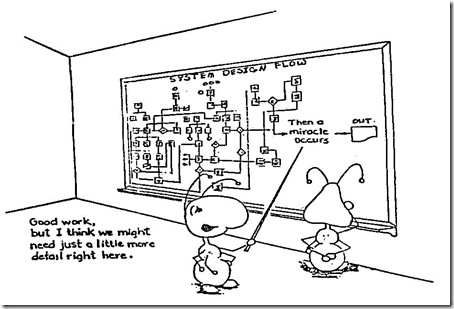Yes, that was exactly my question, too. I hope he’s not referring to 10.2. If he is I have news for him!
How are you doing that? The NoA stack still requires confirmation of lane changes and I’ve never had it successfully use a carpool lane.
Yup -nailed it. It’s also classic entrepreneur/CEO speak. Make a statement that at first blush sounds awesome and promising but on closer inspection leaves out enough critical information so there’s enough ambiguity that it’s really close to meaningless.
I’m on 10.2 like
@GranularHail and in addition to the issues he pointed out I’ll add intersections. The biggest critical difference between highway driving and city driving is intersections. Highways either have no intersections or have stoplights which are the most controlled and easiest to navigate. Cities have 4 way stops, completely uncontrolled intersections, 2 way stops, 5 way intersections, roundabouts, etc. as well as more traffic traveling in different directions.
I’ve yet to have FSD navigate an intersection without a stoplight well. Yesterday I was at a 4 way stop with no other cars around and clear sightlines. The car did the typical stop, then proceed like a scared turtle with little jerky starts until it finally felt safe to proceed. The problem is it does that until it’s virtually all the way through the intersection. Once the car has entered the intersection you just need to proceed (unless something suddenly enters your path.) Stuttering in the middle of the intersection is actually more dangerous. It does the same thing when tuning from a side street onto a larger street with traffic driving 45 MPH. in stead of taking the opportunity to turn into an opening, it starts then stutters and hesitates until a car is practically upon it.
I’ve seen people comment that all they had to do was ‘goose the car a bit’ by pressing on the accelerator, but think about what you’re doing there - you’ve looked, verified that there are no cars, bikes, pedestrians, verified you have the right of way and verified that the opening is large enough to proceed meaning FSD is either unable to confirm all this or unable to appropriately respond.



